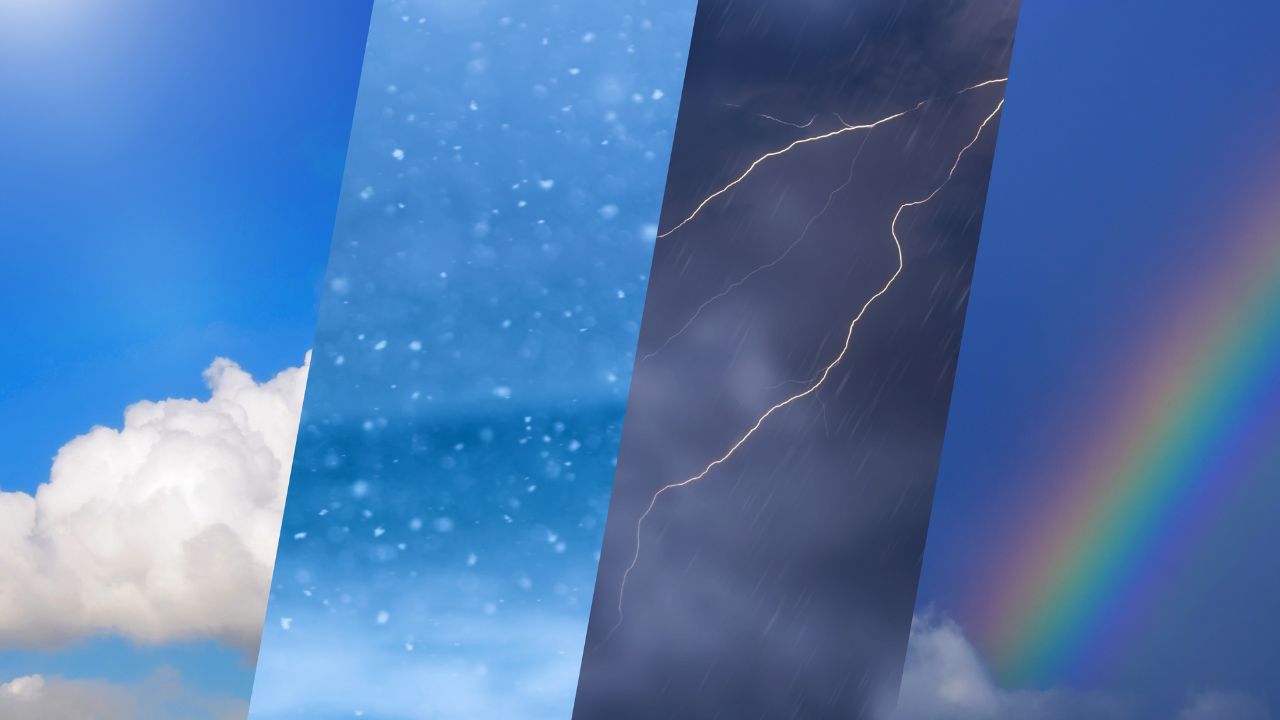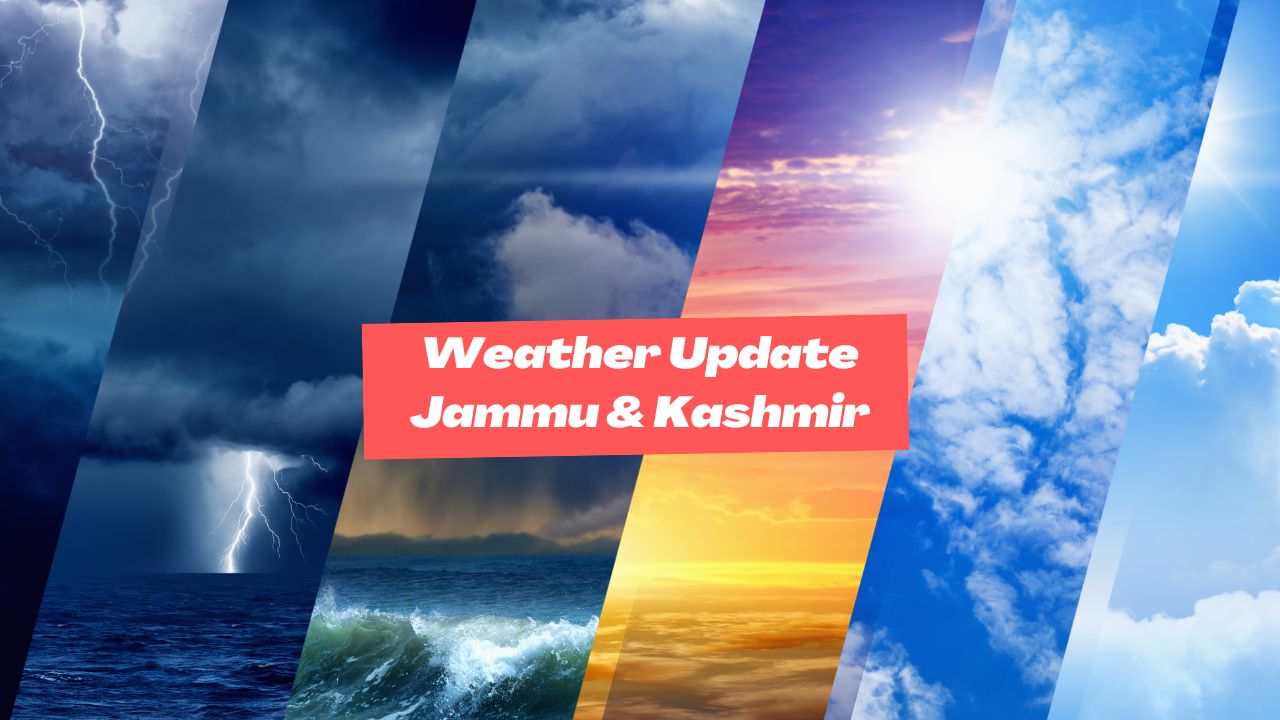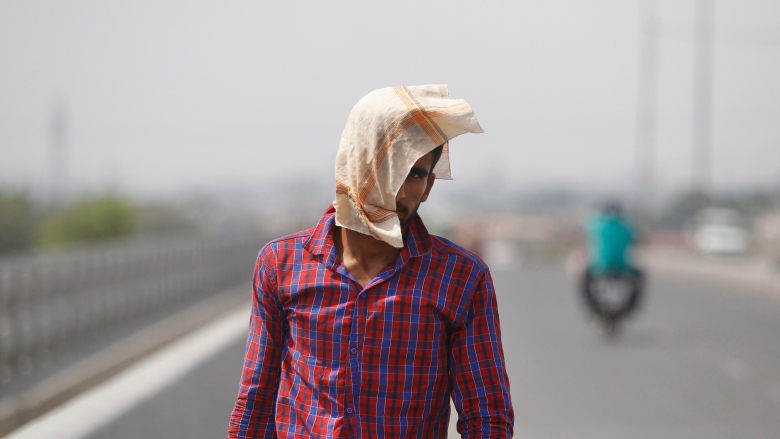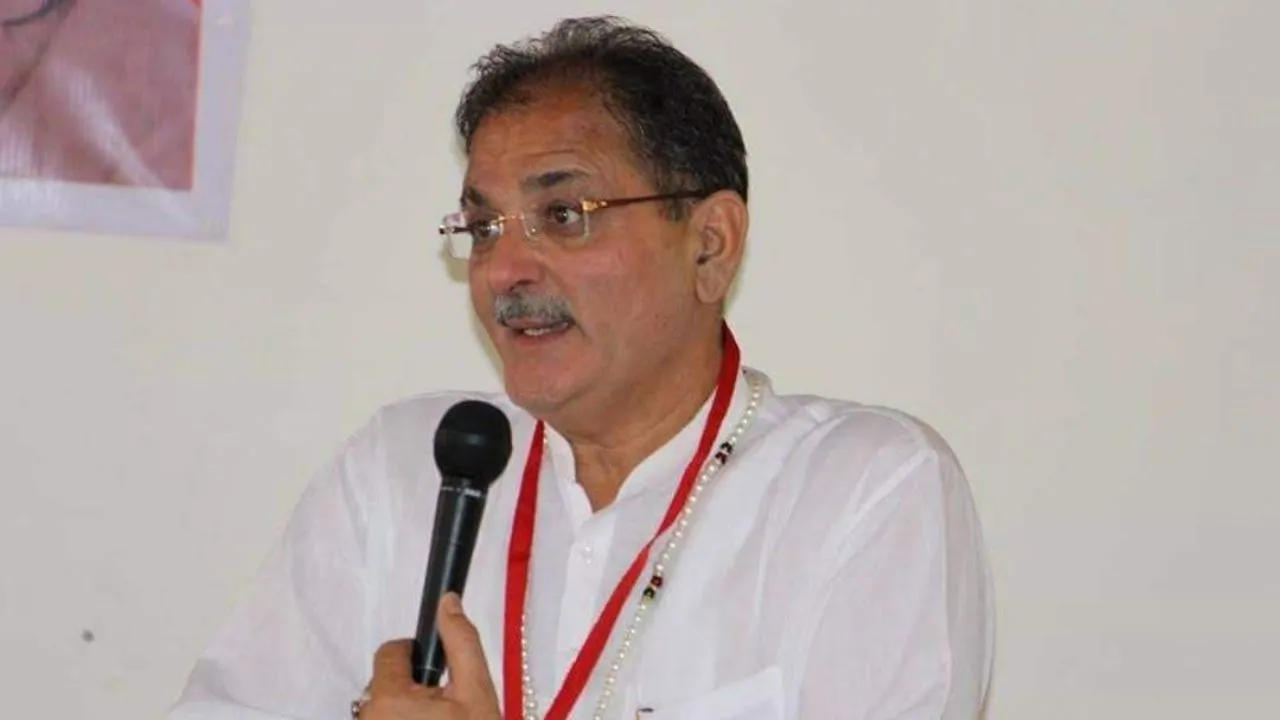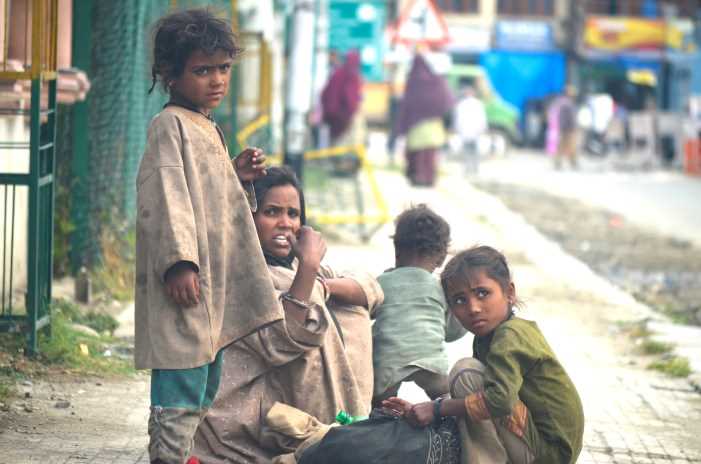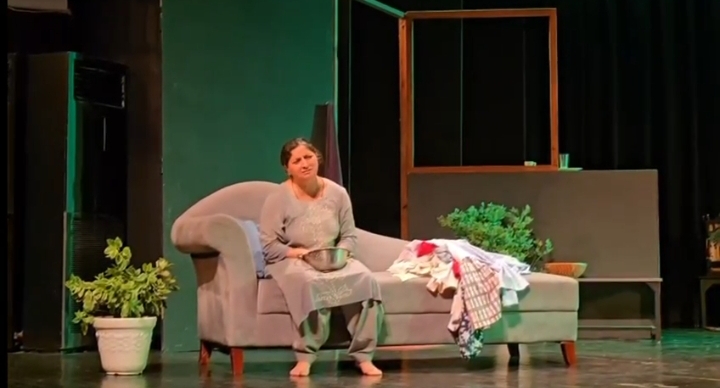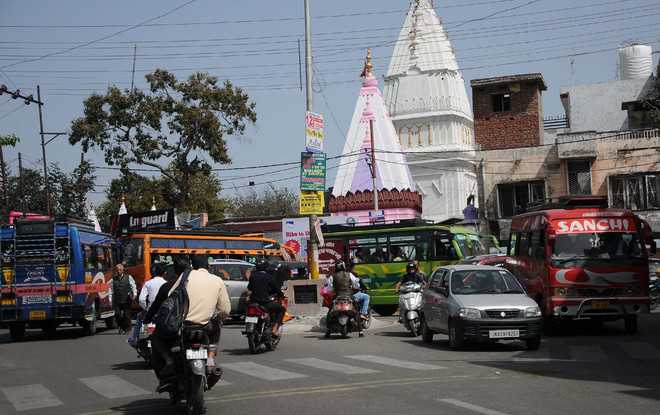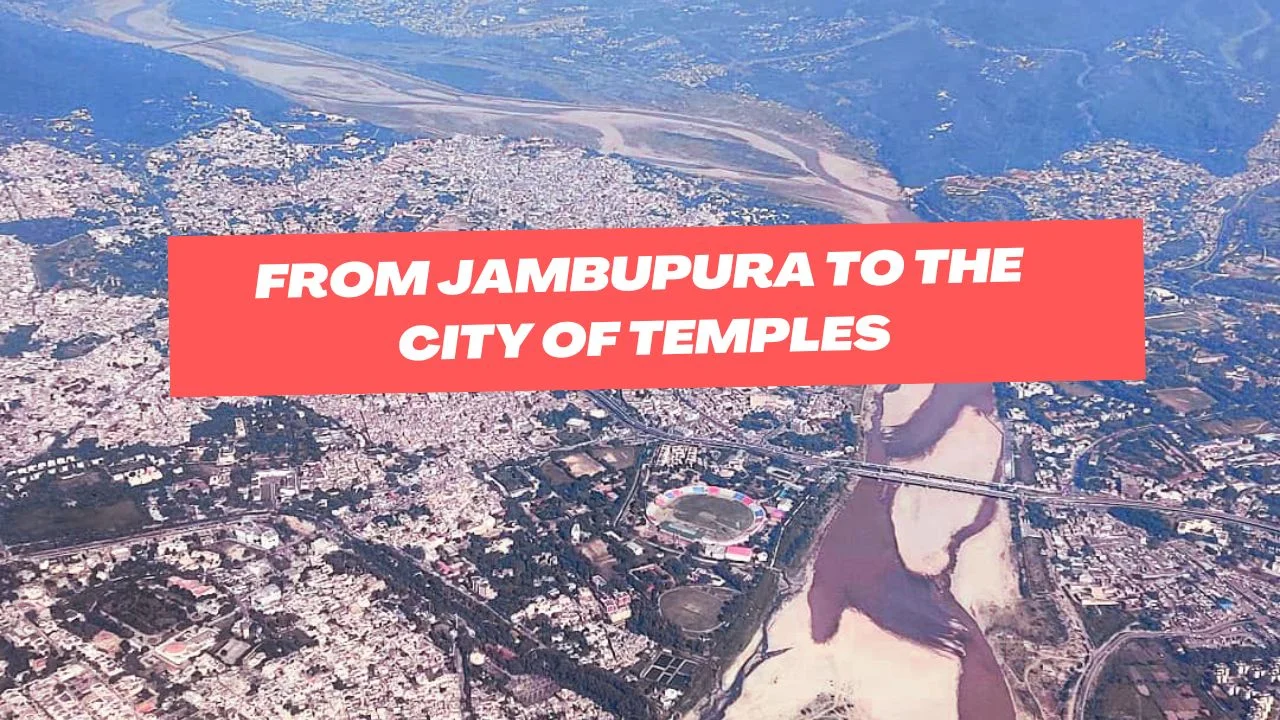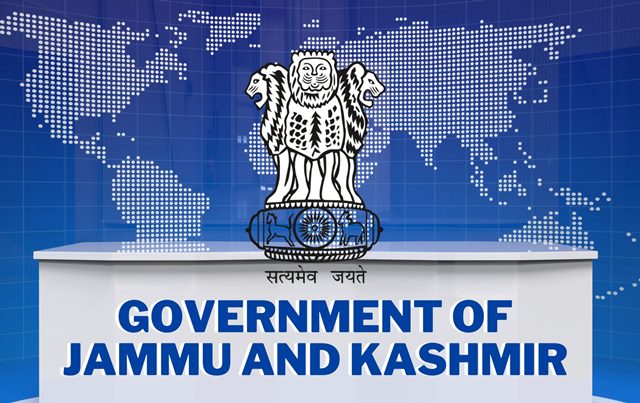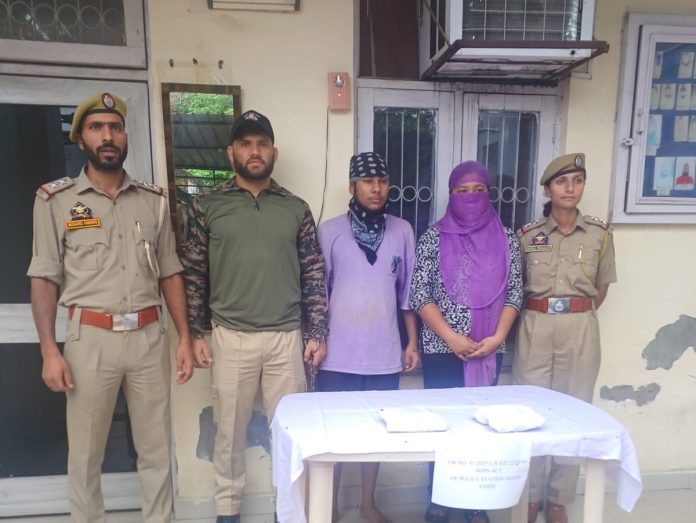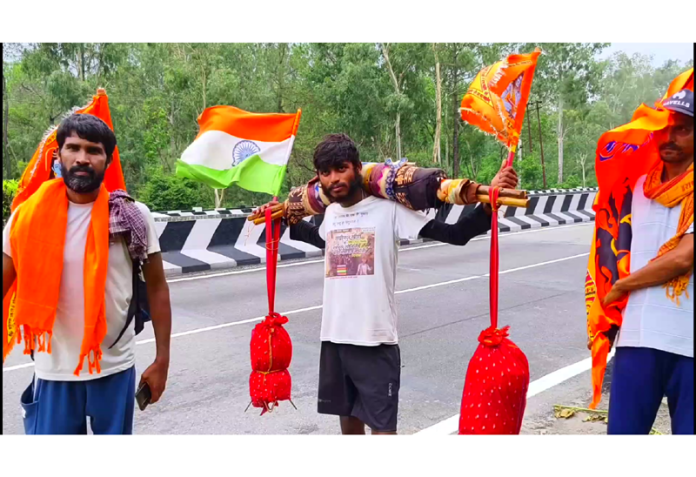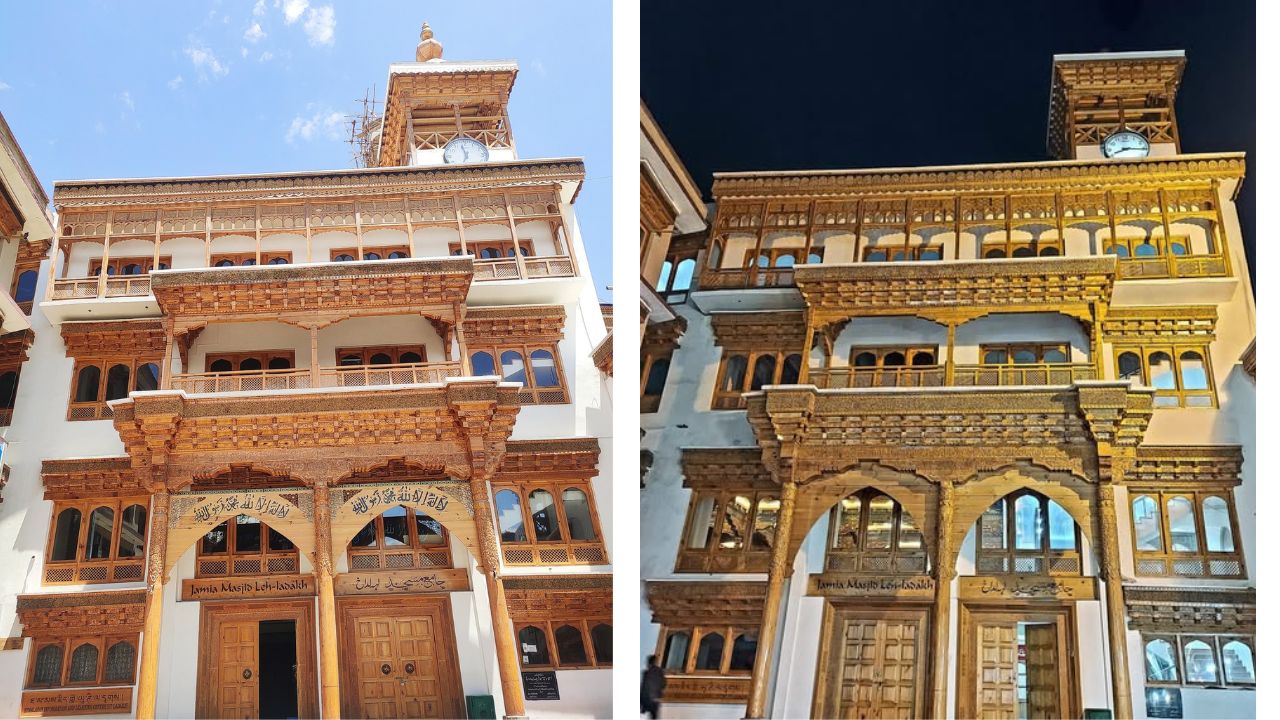A severe cold wave has engulfed Jammu and Kashmir, causing a significant drop in night temperatures across the region. With temperatures plummeting to as low as minus 10 degrees Celsius in some areas, residents are bracing for more freezing nights as forecasted by the Meteorological Department (MET).
Frigid Temperatures Sweep Across the Valley
On Friday, Srinagar recorded a bone-chilling minimum temperature of minus 4.3 degrees Celsius, while the popular tourist destination Pahalgam saw the mercury dip to minus 10 degrees Celsius. Gulmarg, another famous hill station, experienced a low of minus 8.1 degrees Celsius, intensifying the cold wave.
In the Jammu region, Jammu city recorded a minimum temperature of 4.9 degrees Celsius, Katra 6.1 degrees, Batote 3 degrees, Banihal 4.9 degrees, and Bhaderwah reported a freezing zero degrees Celsius.
MET Department Predicts Further Drop in Temperatures
According to MET officials, clear night skies are contributing to the drastic fall in minimum temperatures, and the cold wave is expected to persist. A statement from the MET office outlined the weather forecast for the coming days:
- January 10: Dry weather with increasing cloudiness during the evening and night.
- January 11: Light rain in the plains of Jammu and snow in isolated higher reaches of Jammu and Kashmir divisions.
- January 12–14: Generally dry weather.
- January 15–16: Cloudy conditions with light snow expected at isolated or scattered locations.
The MET Department also issued an advisory warning tourists, travelers, and transporters to follow local administration and traffic updates due to the cold wave.
Read also: J&K Bank Launches ‘Karz Se Mukti’ Scheme to Resolve Non-Performing Assets
Chillai Kalan: The Harshest Period of Winter
The ongoing cold wave coincides with the 40-day-long period of intense winter, locally known as ‘Chillai Kalan.’ Beginning on December 21 and lasting until January 30, Chillai Kalan is the harshest phase of winter in Kashmir.
During this period, most water bodies, including lakes, ponds, streams, and wells, partially freeze, creating a picturesque but challenging environment for residents. Morning fog and biting cold have further hampered pedestrian and vehicular movement across the Valley.
Health Precautions During Extreme Cold
Doctors have urged residents, particularly children and the elderly, to take precautions against prolonged exposure to the cold. Prolonged exposure can lead to hypothermia, which causes blood vessels to constrict, increasing the risk of heart attacks and heart failures during the winter months.
The health advisory emphasizes the importance of layering clothing, staying indoors during extreme cold, and using heating solutions like kangris responsibly to prevent carbon monoxide poisoning.
Impact on Daily Life and Tourism
The ongoing cold wave has significantly disrupted daily life in Jammu and Kashmir. Morning fog and icy roads have limited both pedestrian and vehicular movement. Despite the challenges, the breathtaking winter landscapes of Kashmir continue to attract tourists, who flock to destinations like Gulmarg and Pahalgam to witness the snow-clad beauty.
Tourists are advised to dress warmly and plan their itineraries carefully, keeping weather conditions in mind. Authorities have also urged visitors to follow traffic advisories and weather updates to ensure a safe and enjoyable experience.
Navigating the Harsh Winter
As the cold wave tightens its grip on Jammu and Kashmir, the region continues to showcase resilience and adaptability. With traditional winter essentials like the Pheran and Kangri offering solace, and health advisories urging caution, residents are well-prepared to endure the harsh conditions.
The Chillai Kalan period, despite its challenges, highlights the unique cultural and natural charm of Kashmir. Whether it’s the frozen beauty of Dal Lake or the warmth of a kangri, the spirit of Kashmir shines brightly even in the coldest months.

